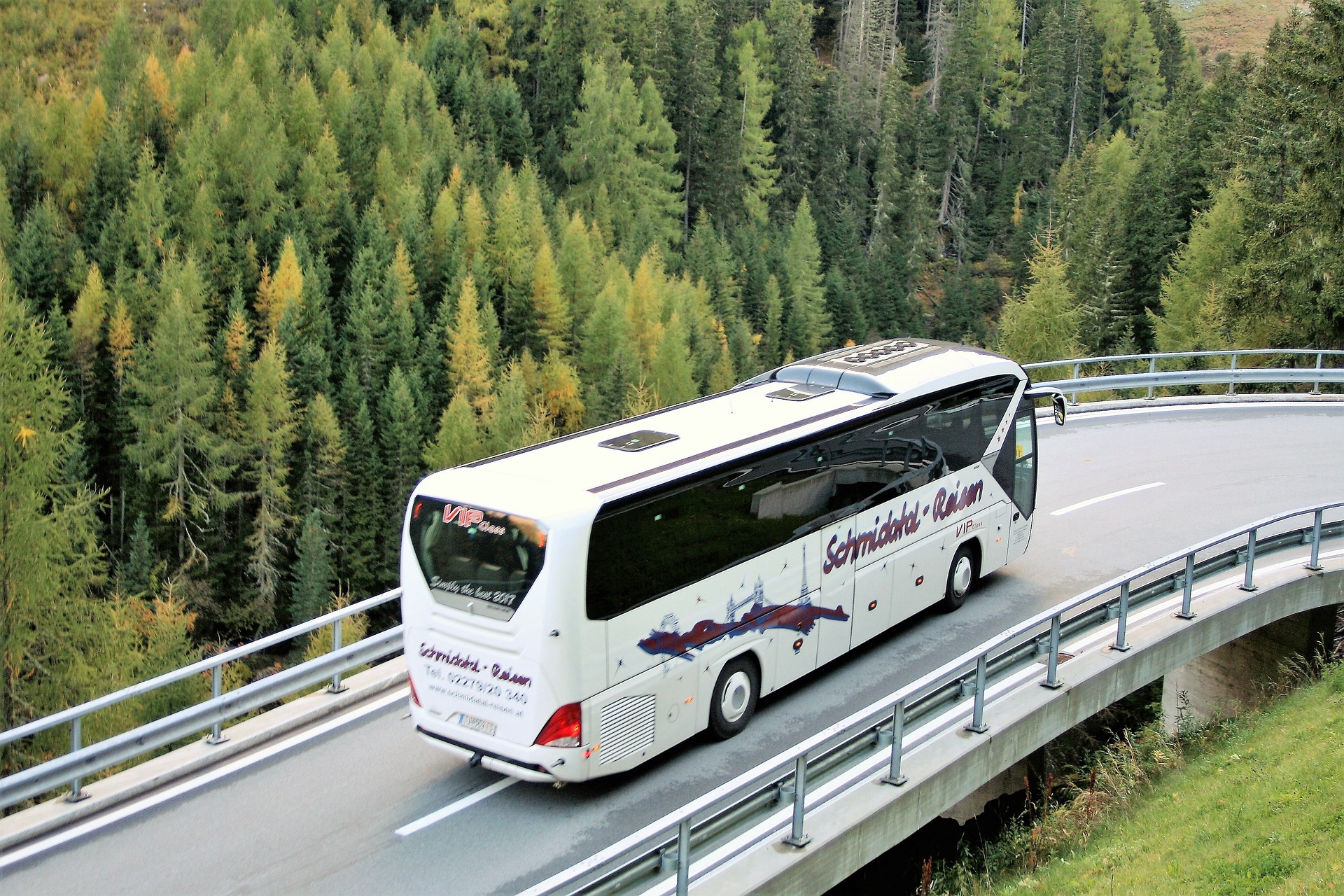Skyway Safari: Exploring the World Through Cable Car Adventures
Imagine gliding through the air, suspended high above lush rainforests, snow-capped mountains, or bustling cityscapes. Cable car tourism is revolutionizing the way adventurers experience destinations worldwide. This unique mode of transportation offers unparalleled views and access to hard-to-reach locations, providing a thrilling yet accessible way to explore. From urban gondolas to mountain-spanning systems, cable cars are becoming an integral part of the modern travel landscape, offering both convenience and unforgettable experiences.

Engineering Marvels: The World’s Most Impressive Cable Car Systems
Some cable car systems are engineering feats that push the boundaries of what’s possible. The Tianmen Mountain Cableway in China spans over 7 kilometers, whisking visitors up to the famous Heaven’s Gate natural arch. In Vietnam, the Hon Thom Cable Car holds the Guinness World Record for the longest non-stop three-rope cable car, stretching over 7.9 kilometers across the sea. These incredible systems not only provide transportation but also offer breathtaking experiences that have become destinations in themselves.
Cultural Connections: Cable Cars as Community Lifelines
In many regions, cable cars serve as vital links between communities, bridging gaps created by challenging geography. The Mi Teleférico system in La Paz, Bolivia, is a prime example. It not only offers tourists spectacular views of the city and surrounding Andes Mountains but also provides essential transportation for locals, connecting previously isolated neighborhoods. This dual purpose creates unique opportunities for cultural exchange, allowing visitors to experience local life in a way that traditional tourism often misses.
Sustainable Travel: The Environmental Impact of Cable Cars
As the travel industry grapples with its environmental footprint, cable cars present an intriguing solution. These systems can reduce road traffic in sensitive areas, minimizing pollution and habitat disruption. In Rwanda’s Volcanoes National Park, a cable car project is being considered to improve access to gorilla habitats while reducing the impact on the fragile ecosystem. However, the construction and operation of cable cars are not without environmental concerns, highlighting the need for careful planning and sustainable practices in their development.
The Future of Aerial Transportation in Tourism
The future of cable car tourism looks promising, with innovations on the horizon. Concepts like the SkyWay urban transport system promise to revolutionize city mobility while offering tourist-friendly experiences. As technology advances, we can expect to see cable cars that are not only more efficient and environmentally friendly but also offer enhanced experiences through augmented reality and interactive features. The integration of these systems into smart city planning could reshape urban tourism, offering new perspectives on familiar destinations.
Aerial Adventure Tips
• Research weight and height restrictions before booking cable car tickets
• Opt for early morning or late afternoon rides for the best lighting and views
• Bring a lightweight jacket as temperatures can be cooler at higher altitudes
• Consider motion sickness remedies if you’re prone to discomfort in moving vehicles
• Keep your camera ready, but secure, to capture stunning panoramic shots
• Look for combo tickets that include other attractions for better value
As cable car tourism continues to evolve, it offers a unique blend of adventure, accessibility, and sustainability. Whether soaring over city skylines or traversing remote mountain ranges, these aerial journeys provide unforgettable experiences that are reshaping the way we explore the world. By embracing this innovative form of transportation, travelers can gain new perspectives, both literally and figuratively, on the destinations they visit.





